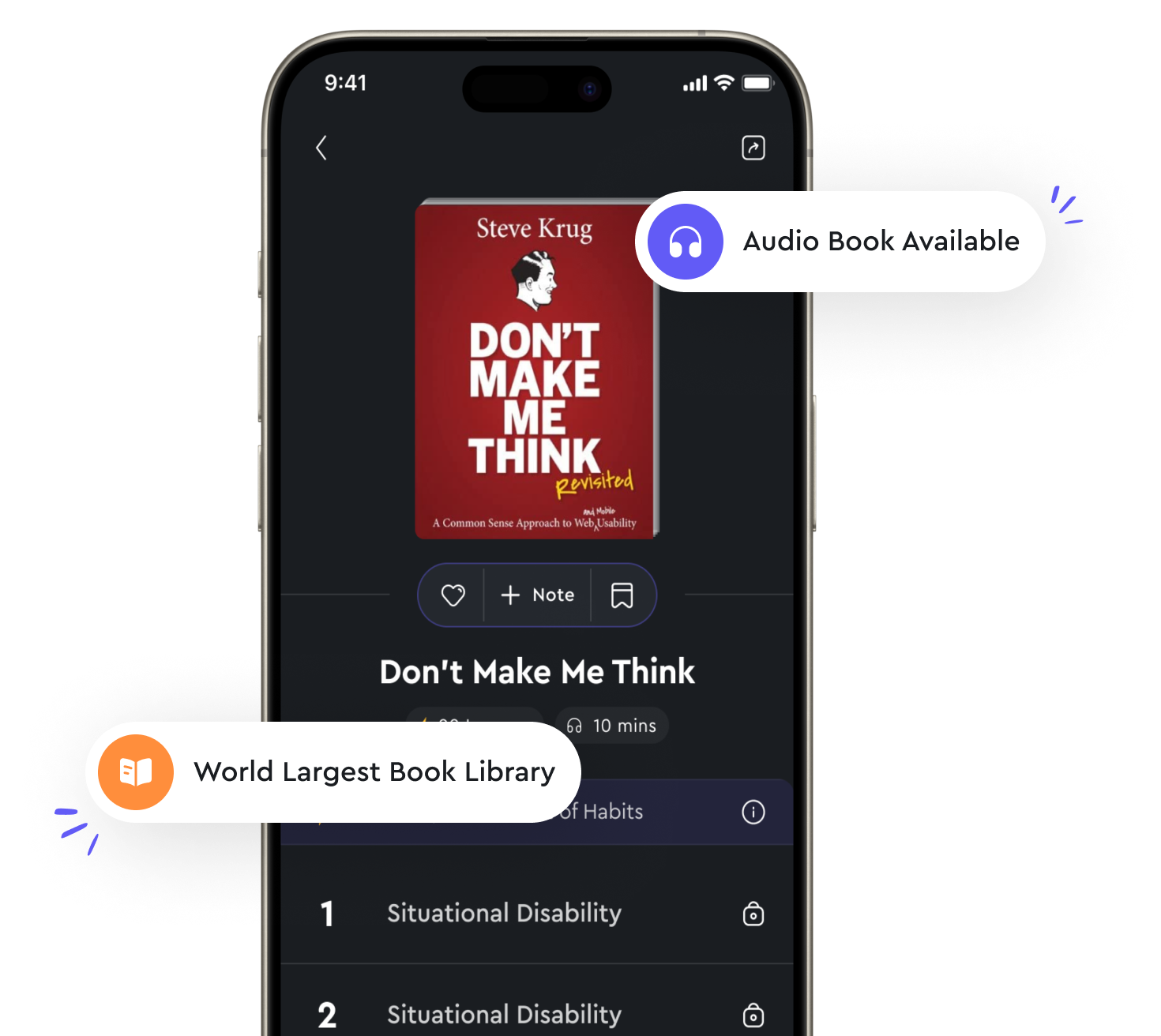Prototyping allows for testing and refining ideas from "summary" of UX Design for Mobile by Pablo Perea,Pau Giner
Prototyping is a fundamental aspect of the design process that allows designers to bring their ideas to life in a tangible and interactive way. By creating a prototype, designers can test out their concepts in a real-world context and gather valuable feedback from users. This iterative process of testing and refining ideas is crucial for ensuring that the final product meets the needs and expectations of its intended users. One of the key benefits of prototyping is that it allows designers to quickly and efficiently explore different design solutions and variations. Instead of investing time and resources in developing a fully-fledged product, designers can create low-fidelity prototypes to test out different ideas and make informed decisions about which direction to take. This flexibility and agility in the design process can help designers save time and avoid costly mistakes down the road. In addition to testing out different design solutions, prototyping also allows designers to identify potential problems and areas for improvement early on in the design process. By observing how users interact with the prototype, designers can gain valuable insights into how the product will be used in the real world and identify any usability issues that need to be addressed. This user-centered approach to design ensures that the final product is intuitive, user-friendly, and meets the needs of its target audience. Furthermore, prototyping can help designers communicate their ideas more effectively to stakeholders and team members. By presenting a tangible prototype, designers can convey the look and feel of the final product in a way that static wireframes and mockups cannot. This can help align team members around a shared vision for the product and facilitate collaboration and decision-making throughout the design process.- Prototyping is a powerful tool that allows designers to test and refine their ideas in a systematic and iterative way. By creating prototypes, designers can gather valuable feedback, explore different design solutions, identify usability issues, and communicate their ideas effectively. This hands-on approach to design can help designers create products that not only meet the needs of their users but also delight and engage them.

